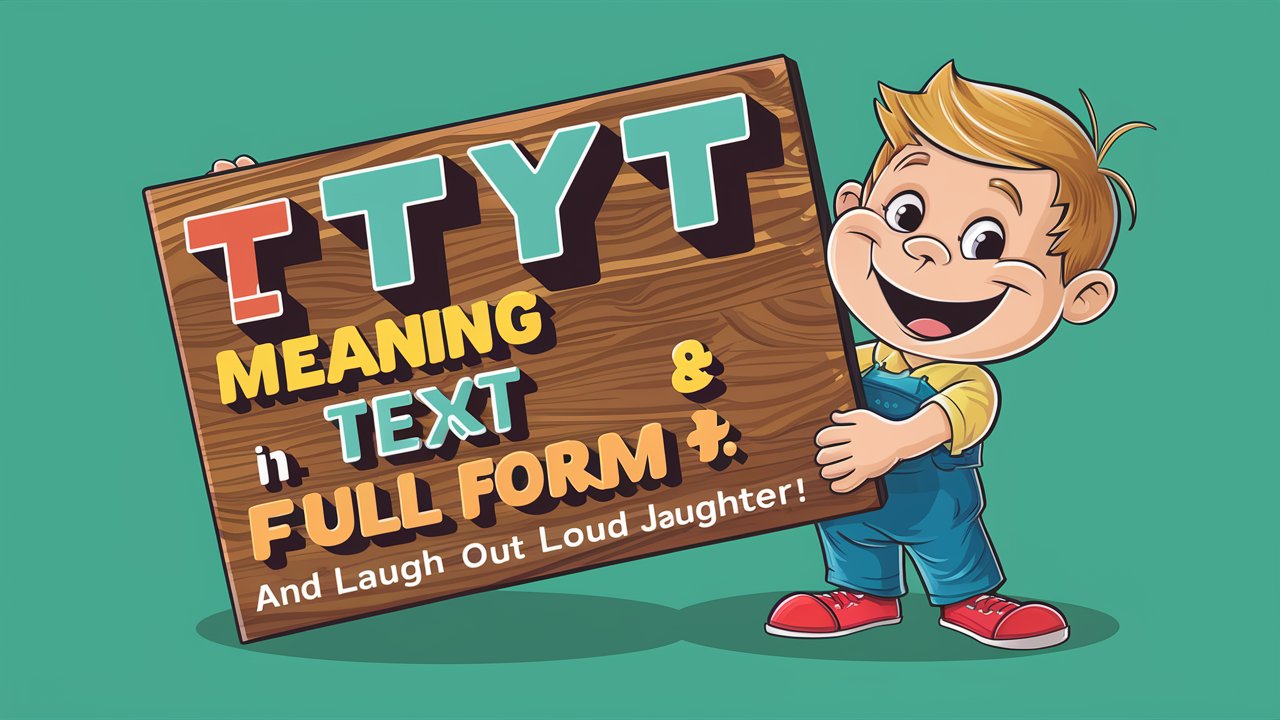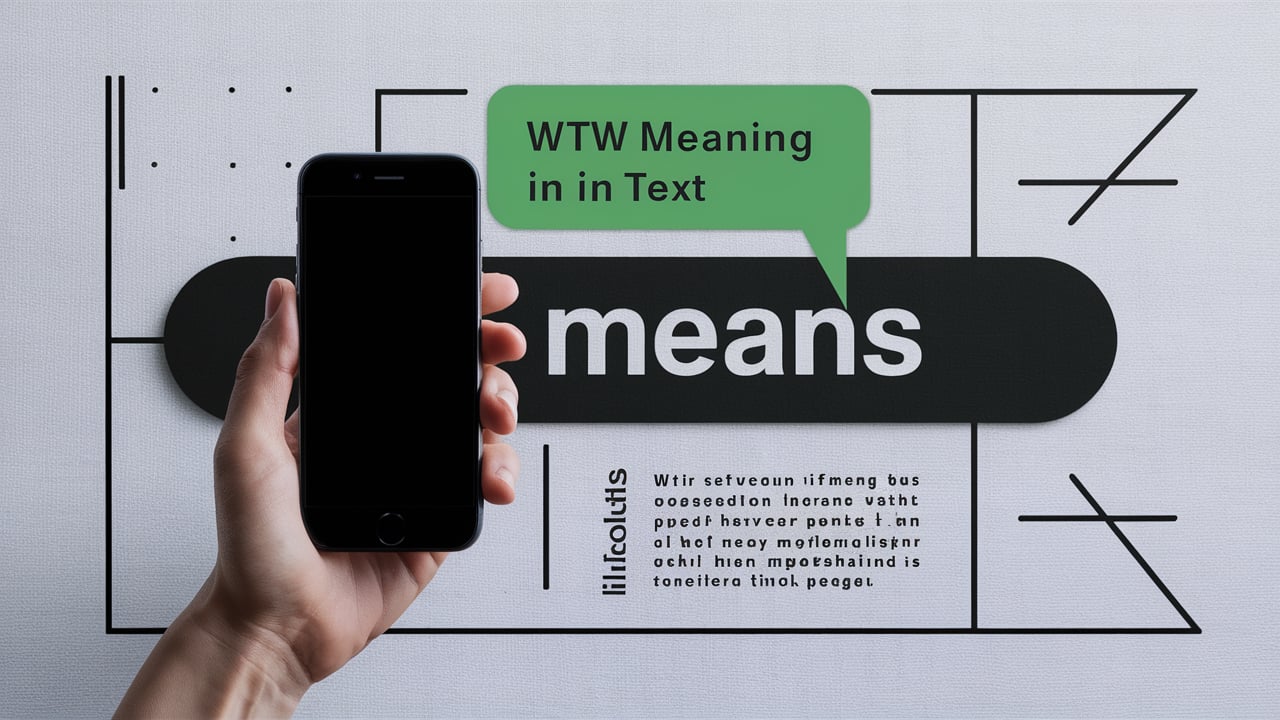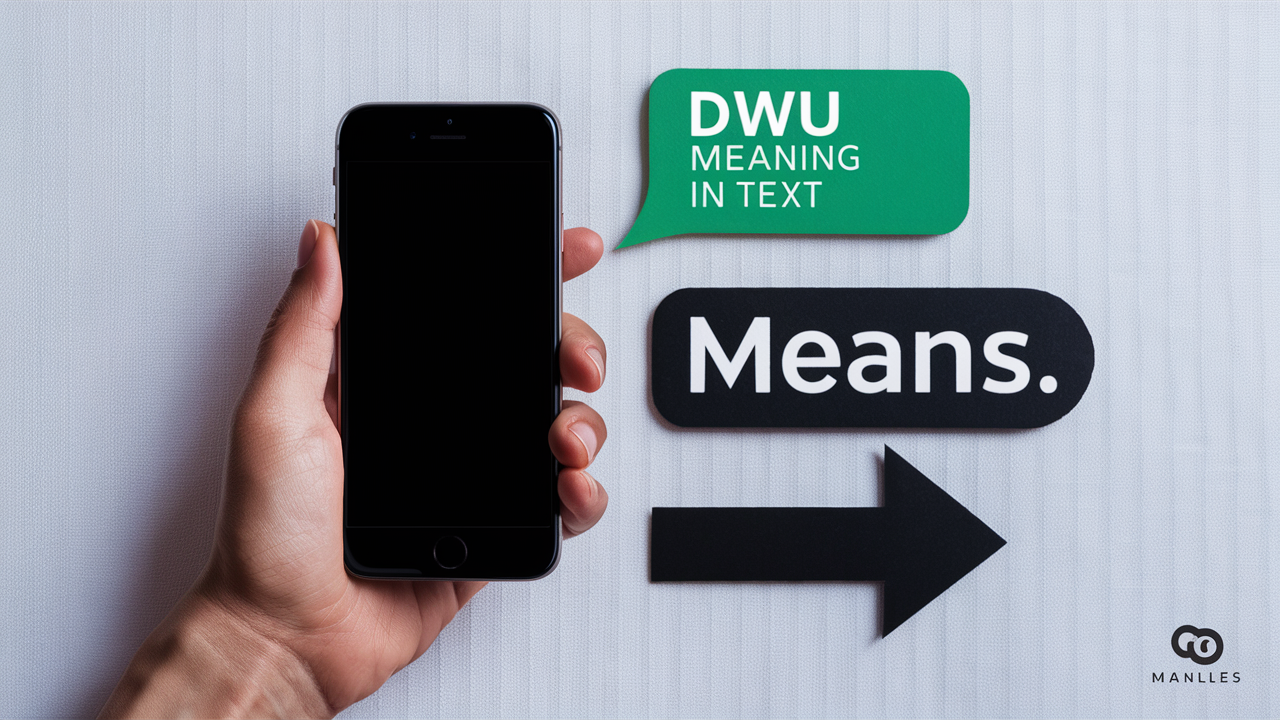Language is always evolving, and one of the fastest-changing areas is digital communication. With the rise of texting, instant messaging, and social media, people have shortened longer phrases into abbreviations and acronyms to save time and space.
This is where the concept of a full form comes in. A full form simply means the complete expansion of an abbreviation. For example:
- “ASAP” → As Soon As Possible
- “LOL” → Laughing Out Loud
- “BRB” → Be Right Back
In the same way, “ttyt” is one such abbreviation. Many people see it in chats, SMS messages, or online forums and wonder: what does ttyt mean in text?
In this article, we will not only explain its full form and meaning in English but also explore how the idea of “ttyt” is expressed across 10 different languages. We’ll look at:
- Its origin.
- How it’s used in chat examples.
- How different cultures have their own version of expressing the same idea.
- Why full forms matter in global communication today.
What Does “ttyt” Mean in English?

In English, the full form of ttyt is:
👉 Talk To You Tomorrow
This abbreviation is widely used in texting, especially when ending a conversation late at night or when planning to chat again the next day.
Usage & Meaning
- It signals that the conversation will resume the next day.
- It is more casual and friendly than simply saying “bye.”
- Often used among friends, family, or colleagues who text daily.
Example in Chat
A: It’s getting late, I should sleep now.
B: Yeah, same here. ttyt!
A: ttyt 😊
Origin/Background
The term “ttyt” became popular with the rise of SMS texting in the early 2000s when character limits forced people to shorten phrases. Unlike formal acronyms, this one stayed informal and continues to be widely used in WhatsApp, Messenger, and Snapchat chats.
TTYT in Hindi

Full Form in Hindi:
👉 कल आपसे बात करूंगा / करूंगी (Kal Aapse Baat Karunga/Karungi)
Translation: I will talk to you tomorrow.
Usage & Meaning
In India, people often mix English and Hindi while chatting. Instead of always writing “ttyt,” they might say “kal baat karenge” (we’ll talk tomorrow). But with younger generations, “ttyt” has entered casual chats directly, especially on WhatsApp.
Example in Chat
A: बहुत देर हो गई, अब सोते हैं।
B: हाँ, ttyt 😊
A: ठीक है, ttyt. शुभ रात्रि!
(English transliteration:
A: Bahut der ho gayi, ab sote hain.
B: Haan, ttyt 😊
A: Theek hai, ttyt. Shubh Ratri!)
Origin/Background
While Hindi has always had phrases like “कल बात करेंगे,” the use of Roman script texting since the 2010s has blended English abbreviations with Hindi expressions. Many Indian users prefer half-Hindi, half-English (Hinglish) texting.
TTYT in Italian
Full Form in Italian:
👉 A domani per parlare (Talk to you tomorrow)
Usage & Meaning
In Italy, texting culture leans towards short, warm expressions. Italians might simply type “a domani” (till tomorrow). However, digital shorthand has made “ttyt” understandable among younger Italians familiar with English internet slang.
Example in Chat
A: È tardi, meglio dormire.
B: Sì, ttyt 🌙
A: A domani! ttyt
(Translation:
A: It’s late, better sleep.
B: Yes, ttyt 🌙
A: Till tomorrow! ttyt)
Origin/Background
Italy didn’t originally create abbreviations like ttyt. Instead, they adopted English shorthand in online gaming and social media chats, then blended them with Italian closings.
TTYT in Spanish
Full Form in Spanish:
👉 Hablamos mañana (We’ll talk tomorrow)
Usage & Meaning
Spanish speakers often type “hm” for hablamos mañana. However, “ttyt” is becoming more recognizable because of global pop culture and English-language dominance on social platforms.
Example in Chat
A: Ya es de noche, me voy a dormir.
B: Ok ttyt 😴
A: Hablamos mañana, ttyt!
Origin/Background
Spain and Latin America adapted English acronyms quickly. “BRB” and “LOL” were widely borrowed, and “ttyt” followed suit, though many still prefer local versions like hm.
TTYT in French
Full Form in French:
👉 On se parle demain (We’ll talk tomorrow)
Usage & Meaning
French texting often uses abbreviations like “à+” (à plus, see you later). “ttyt” is more common among bilingual French-English speakers and is especially seen in Canada (Quebec) where French and English merge in chat.
Example in Chat
A: Je vais dormir.
B: D’accord, ttyt 🌙
A: On se parle demain! ttyt
Origin/Background
French SMS culture developed its own shortcuts early (ex: “bjr” for bonjour). Still, due to Anglophone influence, “ttyt” is recognized among teens and young adults.
TTYT in Arabic
Full Form in Arabic:
👉 سأتحدث معك غداً (Sa’atahaddath ma‘ak ghadan)
Translation: I will talk to you tomorrow.
Usage & Meaning
Arabic users often text in Arabizi (Arabic written with Latin letters). They might write “bkra n7ki” (we’ll talk tomorrow). However, “ttyt” is increasingly used in bilingual chats, especially in Middle Eastern countries with heavy English influence.
Example in Chat
A: تأخر الوقت، أراك غداً.
B: ttyt إن شاء الله 🌙
A: نعم، غداً نتحدث. ttyt
(Transliteration:
A: Ta’akhkhar al-waqt, araka ghadan.
B: ttyt InshaAllah 🌙
A: Na‘am, ghadan natahadath. ttyt)
Origin/Background
In regions like UAE or Saudi Arabia, many people switch between English and Arabic mid-sentence. This made acronyms like “ttyt” popular in business + casual texting.
TTYT in Chinese
Full Form in Chinese:
👉 明天聊 (Míngtiān liáo)
Translation: Chat tomorrow.
Usage & Meaning
Chinese texting uses 简写 (abbreviations) but usually in characters. “明天聊” is common. However, due to global gaming and social media, “ttyt” has entered young Chinese chats (especially in pinyin typing).
Example in Chat
A: 太晚了,我要睡觉了。
B: 好的 ttyt 💤
A: 明天聊! ttyt
(Transliteration:
A: Tài wǎn le, wǒ yào shuìjiào le.
B: Hǎo de ttyt 💤
A: Míngtiān liáo! ttyt)
Origin/Background
While WeChat relies heavily on Chinese, pinyin texting and English acronyms gained popularity with millennials and Gen Z in China.
TTYT in German
Full Form in German:
👉 Wir reden morgen (We’ll talk tomorrow)
Usage & Meaning
German texters often shorten phrases like “bis morgen” (see you tomorrow). But “ttyt” is common among younger Germans influenced by international slang from gaming, Reddit, and Discord.
Example in Chat
A: Schon spät, ich geh schlafen.
B: Ok ttyt 😴
A: Wir reden morgen! ttyt
Origin/Background
Germans created some of their own chat short forms, but English ones like “LOL,” “BRB,” and “ttyt” dominate youth texting.
TTYT in Japanese
Full Form in Japanese:
👉 また明日話そう (Mata ashita hanasō)
Translation: Let’s talk tomorrow.
Usage & Meaning
Japan’s texting style is unique with kaomoji (emoticons like ^_^) and abbreviations. Instead of “ttyt,” people usually just type “また明日” (see you tomorrow). Still, bilingual Japanese-English users use ttyt in LINE and gaming chats.
Example in Chat
A: もう遅いね。
B: うん、ttyt 🌙
A: また明日! ttyt
(Transliteration:
A: Mō osoi ne.
B: Un, ttyt 🌙
A: Mata ashita! ttyt)
Origin/Background
Japan has its own shorthand texting culture, but English terms seeped in through anime fan communities and online gaming.
TTYT in Russian
Full Form in Russian:
👉 Поговорим завтра (Pogovorim zavtra)
Translation: We’ll talk tomorrow.
Usage & Meaning
Russian speakers use Cyrillic text, but many are familiar with “ttyt” thanks to international online communities. Still, native versions like “пз” (short for поговорим завтра) are sometimes used.
Example in Chat
A: Уже поздно, пора спать.
B: ttyt 🌙
A: Поговорим завтра, ttyt!
(Transliteration:
A: Uzhe pozdno, pora spat’.
B: ttyt 🌙
A: Pogovorim zavtra, ttyt!)
Origin/Background
Russian texting includes both native abbreviations and English imports. “ttyt” gained traction mainly through gaming platforms and Telegram groups.
Cross-Language Comparison
When we compare all 10 languages, a few insights appear:
- Universality of Time-Based Goodbyes: Every language has a way to say “talk tomorrow.”
- English Dominance: Even where native versions exist, English “ttyt” spreads globally through gaming, social media, and memes.
- Cultural Adaptation: Some cultures prefer mixing local language + English (India’s Hinglish, Arabizi).
- Script Differences: In Chinese, Japanese, and Russian, local scripts dominate, but English acronyms coexist.



